Defining Talent Acquisition:
Talent acquisition (TA) is the collective effort of various roles within an organization, including recruiters, sourcers, HR professionals, and hiring managers, aimed at the fundamental task of identifying the most suitable candidate for a job position. In the corporate context, TA typically falls under the purview of human resources (HR) and encompasses activities such as sourcing, attracting, interviewing, hiring, and onboarding new employees.
Recruiters in Talent Acquisition:
Recruiters play a central role within the TA team, and it’s essential to outline the qualities that make an exceptional recruiter.
Firstly, interpersonal skills are crucial; recruiters excel at establishing and nurturing relationships, particularly across different job sectors, industries, and with individuals of varying personality types. Success in this role also hinges on the ability to think strategically about the organizational needs and how to fulfill them comprehensively. Additionally, a background in sales can be highly advantageous, as recruiters essentially “sell” job opportunities to promising candidates and advocate for these candidates with key decision-makers. However, perhaps the most critical attribute is the mindset of a hunter, always actively seeking out top talent with relentless determination.
Talent Acquisition vs. Recruiting: Differentiating Factors
Talent acquisition and recruiting often share similar objectives, such as filling vacant positions within a company. Nevertheless, distinctions exist between the two approaches. Recruitment typically addresses immediate staffing needs, focusing on short-term requirements. In contrast, talent acquisition adopts a broader organizational and HR strategy, considering long-term goals and recognizing that people, or talent, significantly contribute to a company’s future successes. Unlike mere seat filling, talent acquisition is an ongoing process that identifies and assesses suitable candidates for executive roles, leadership positions, and jobs necessitating specialized skills.
The Talent Acquisition Process:
The talent acquisition process comprises numerous stages, often spanning several months. However, it can generally be structured into six key steps:
1. Sourcing and Lead Generation:
- Commencing with a compelling job description, the process begins by identifying social networks, industry events, online forums, and communities where industry specialists congregate.
- Establishing networks, building relationships, and publicizing talent requirements help create a substantial pool of promising candidates and a robust pipeline for potential hires.
2. Recruiting and Attracting:
- Developing a strong company brand, promoting a distinctive corporate culture, and designing competitive compensation packages are essential elements in attracting and retaining top talent.
- Equally important is candidate relationship management, which involves ensuring a positive candidate experience, nurturing leads, and staying in touch with potential future candidates who may not be an immediate fit.
3. Interviewing and Assessing:
- Define the three to five most critical job tasks and key performance indicators for the position.
- Formulate interview questions based on behaviors, such as, “Can you describe a situation where you demonstrated…?” Formulate inquiries designed to assess a candidate’s aptitude for problem-solving, their resourcefulness, and their ability to think swiftly.
- Additional assessment tools like skills tests, personality or cognitive evaluations, or practical demonstrations can also be used.
4. Checking References:
- Although often overlooked, reference checks serve to validate the suitability of a candidate.
- This step provides an opportunity to address any remaining concerns or gain additional insights that may have been overlooked during the interview process.
- Positive references confirming a candidate’s qualifications and character provide further confidence in the selection.
5. Making Final Selections:
- Establish a systematic approach for selecting from the pool of strong candidates.
- Utilize tracking and evaluation software or an internal grading system, ensuring clarity and efficiency in the final selection process, accommodating the busy schedules of decision-makers and stakeholders.
6. Hiring and Onboarding:
- While hiring and onboarding are not typically the direct responsibilities of the talent acquisition team, they represent the final steps in securing top talent.
- A well-structured onboarding process is critical to fostering a positive new employee experience and should be streamlined and prepared before the new hire’s arrival to ensure a smooth transition into the organization.
Effective Talent Acquisition Tips:
To excel in talent acquisition and secure top talent, consider the following strategies:
1. Strategic Planning: Begin by identifying the most challenging positions to fill within your organization, such as roles requiring niche skills, senior leadership, or specialized experience. Prioritize these roles and plan ahead, as they may take several months to recruit for.
2. Candidate Pipeline: Maintain a record of potential candidates you encounter, utilizing tools like spreadsheets or specialized software. Dedicate regular time for networking, outreach, and relationship-building, as this can be instrumental when future job openings arise.
3. Company-wide Engagement: Encourage collaboration between HR and talent acquisition teams, and involve the entire company in the recruitment process. Implement employee referral programs and incentives for successful hires. When employees are informed about hiring needs and the company’s vision, it can expedite the identification of exceptional candidates.
4. Thorough Interviews: Interviews are pivotal in assessing candidates, but consider informal interactions like phone calls, lunch meetings, or casual negotiations to gain insights beyond formal settings. Additionally, don’t hesitate to arrange multiple stakeholder meetings if needed, allowing high-performing candidates to assess the team.
Incorporating these strategies into your talent acquisition efforts can enhance your ability to attract and retain top talent effectively.
Examples of Talent Acquisition Strategies:
Talent acquisition strategies encompass diverse approaches aimed at finding and recruiting exceptional employees. Here are key tactics:
1. Strengthen Your Brand : Building a robust brand presence is a potent tool for attracting top-tier candidates. Ensure that your company’s website, social media profiles, and corporate culture resonate with both your target customers and potential job seekers. Effective branding, typically led by marketing, communications, or HR teams, plays a pivotal role in capturing the interest of top talent and motivating them to apply.
2. Embrace Specialization : Contrary to intuition, specifying the desired past experience and project expertise from candidates can enhance recruitment success. For niche roles in specialized industries like technology, cybersecurity, medicine, law, and finance, pinpointing precise requirements narrows the candidate pool. A smaller pool often simplifies outreach and networking efforts.
3. Succession Planning : This strategic approach focuses on cultivating and advancing internal talent to fill open positions rather than seeking external hires. It commences by identifying high-performing employees and providing them with training and mentorship opportunities to prepare them for increased responsibilities and leadership roles. Organizations can proactively implement succession planning by offering continuous feedback, internal mentorship initiatives, high-quality training, challenging assignments, and trial runs for qualified candidates. Maintaining an updated list of open positions through internal communication channels like wikis or emails keeps employees informed about available opportunities.
These strategies serve as effective tools for organizations seeking to identify and recruit top talent.

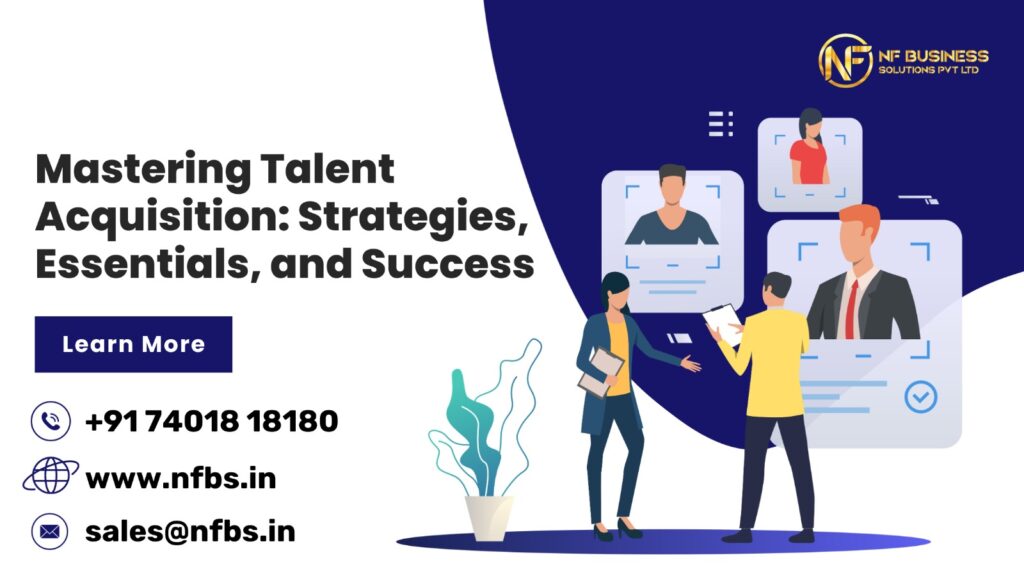
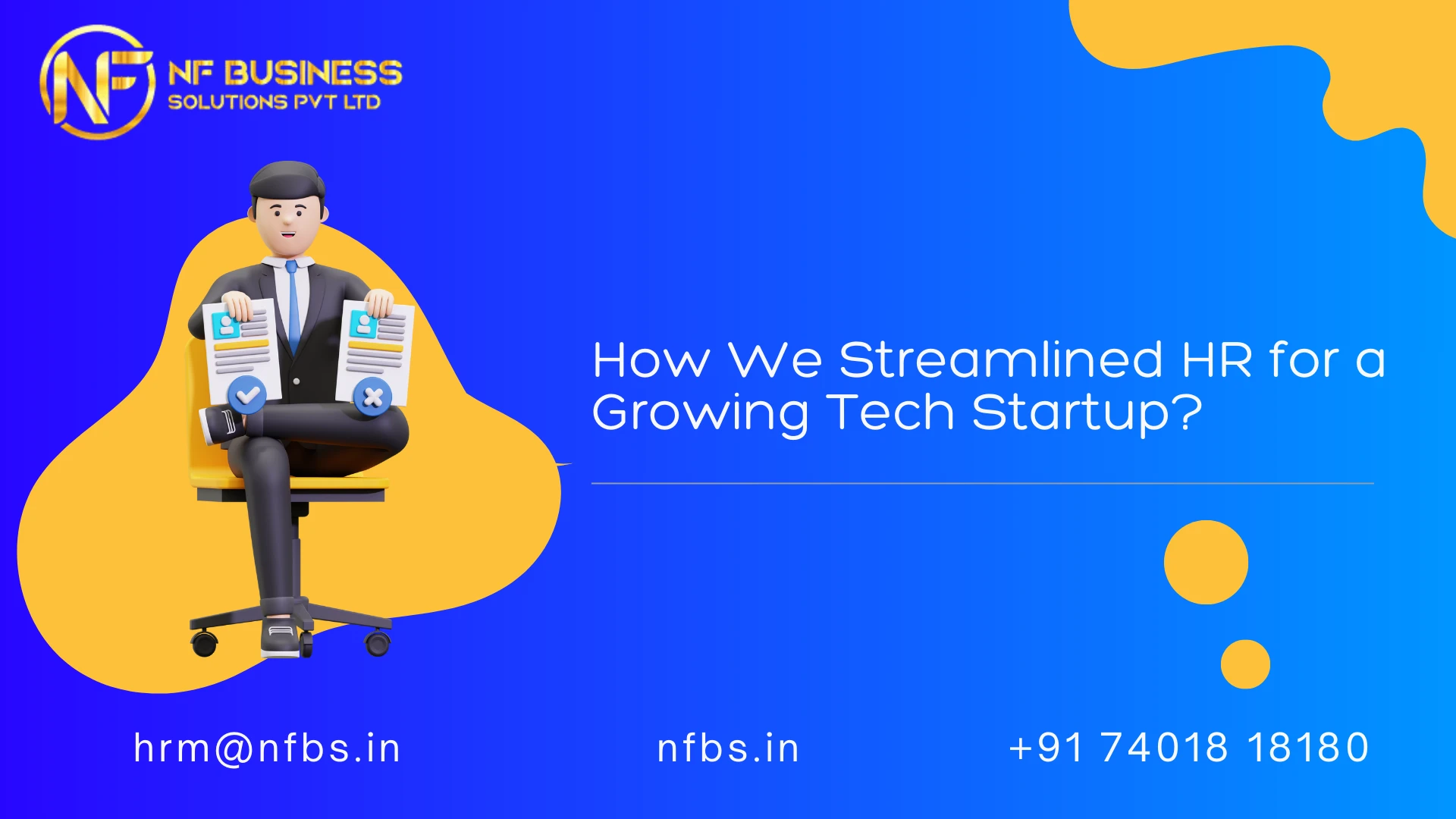
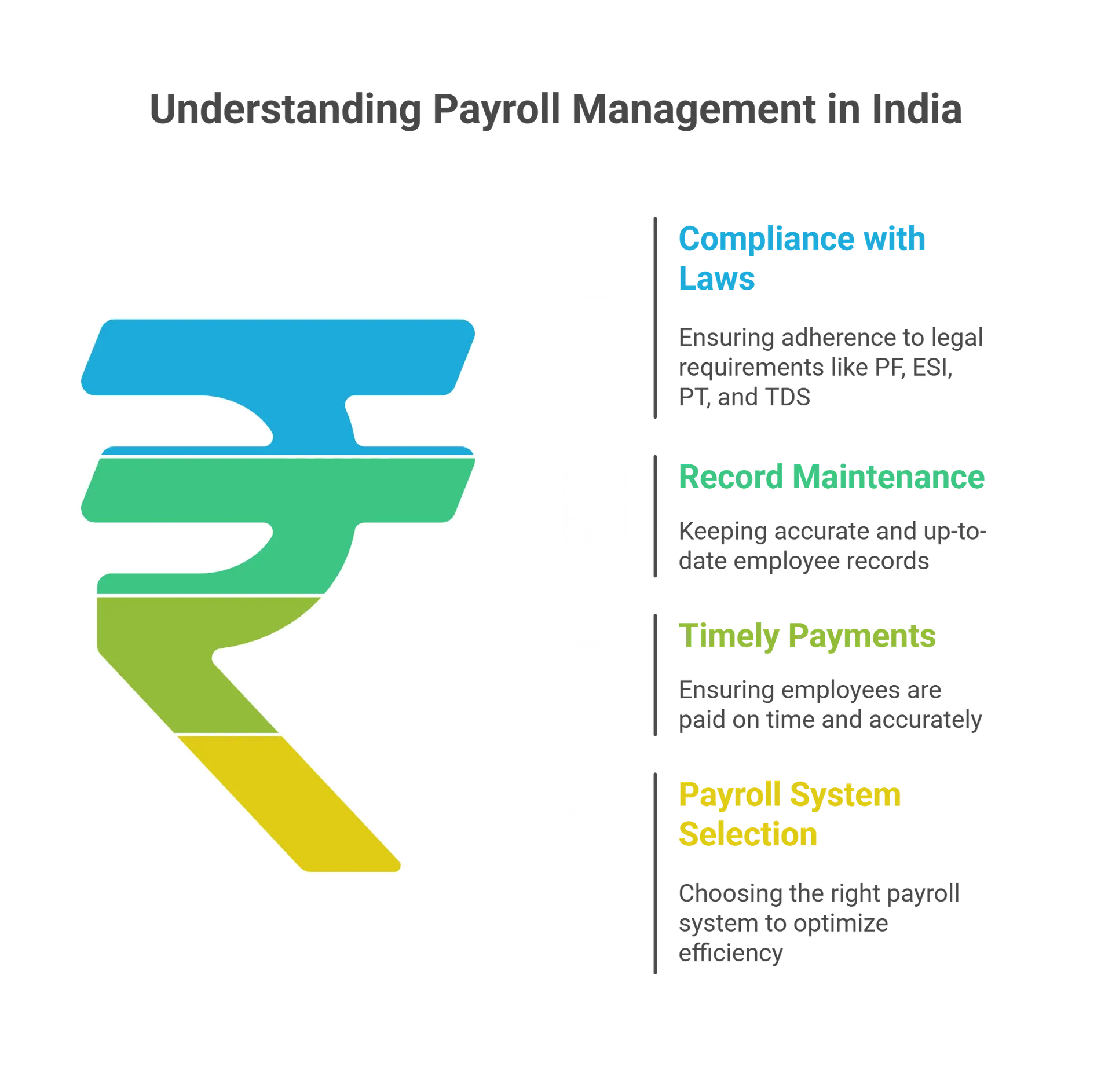
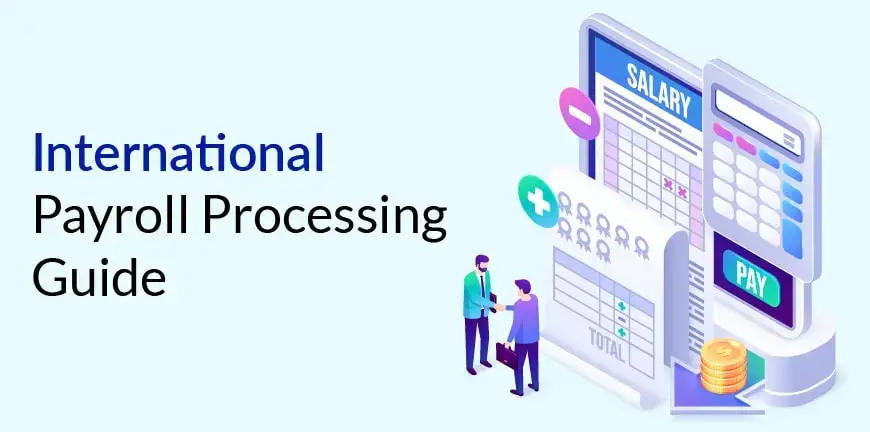
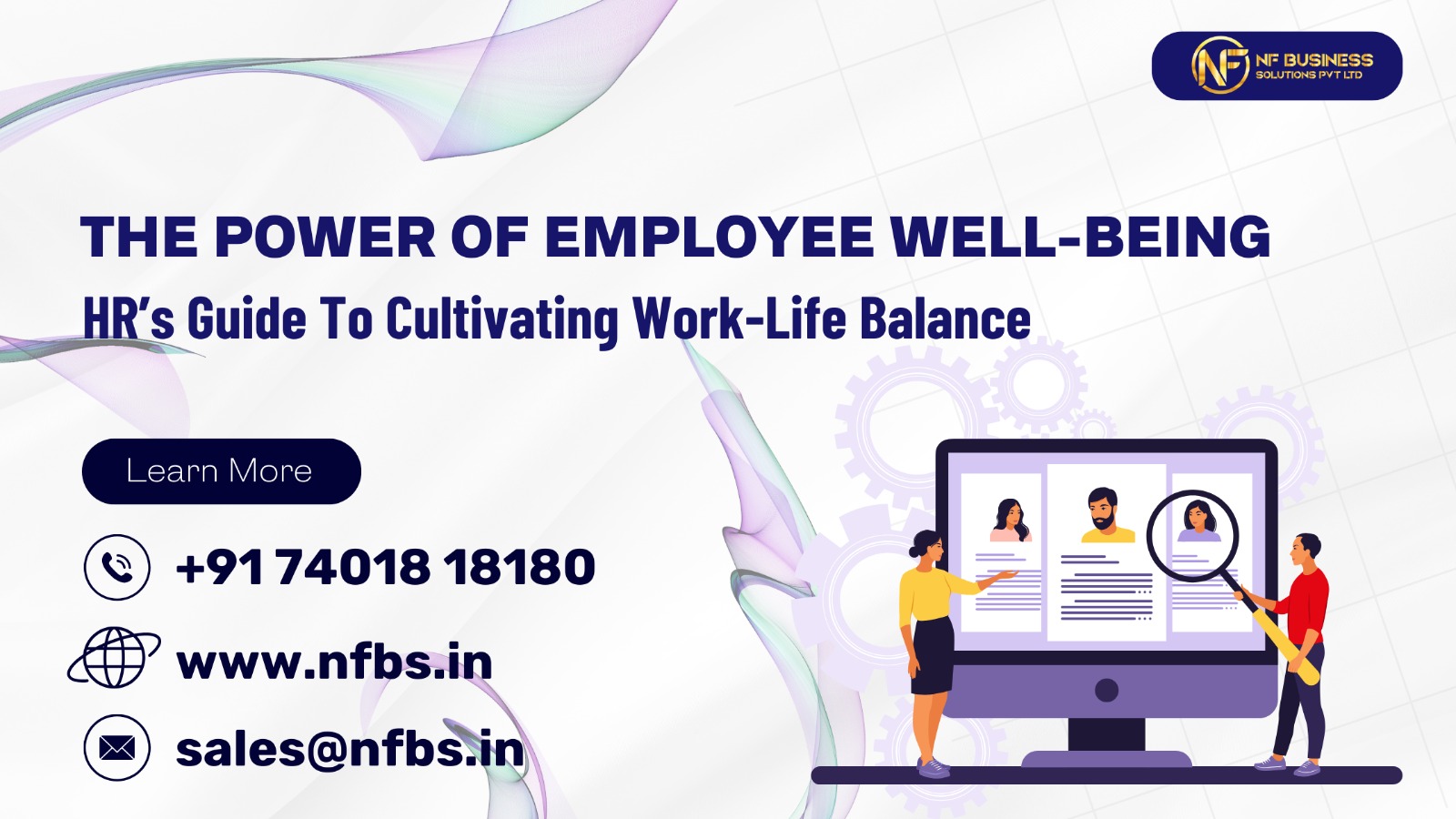



1 thought on “Mastering Talent Acquisition: Strategies, Essentials, and Success”
Good Site